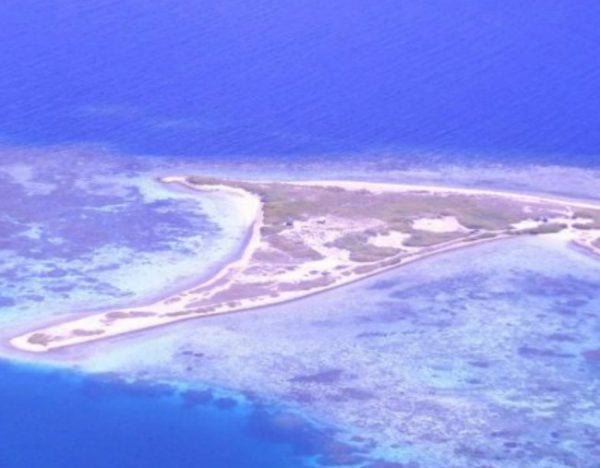On the west coast of Australia, near the Houtman Abrolhos Islands, lies a tiny place called Beacon Island.
It looks very much like the 121 other islands that surround it; green, sandy and encircled by clear, blue water, providing stunning visibility of the reef below it.
You would never know, from a bird’s eye view, that Beacon Island is a mass graveyard.

In June 1692, a ship named the Batavia was making a journey from the Netherlands to the Dutch East Indies (Indonesia) when it struck a dense reef about 40 kilometres off the coast of Western Australia. Of the 322 passengers on board, it is estimated that 40 drowned at the sea that day. But for the men, women and children who survived, and eventually made it to Beacon Island, drowning may have been a far preferable fate.


Top Comments
Beacon Island - One of the darkest and bloodiest mass murders in Australian history.
And what was the weapon used to execute this macabre event and how did the non banning of these weapons affect us?